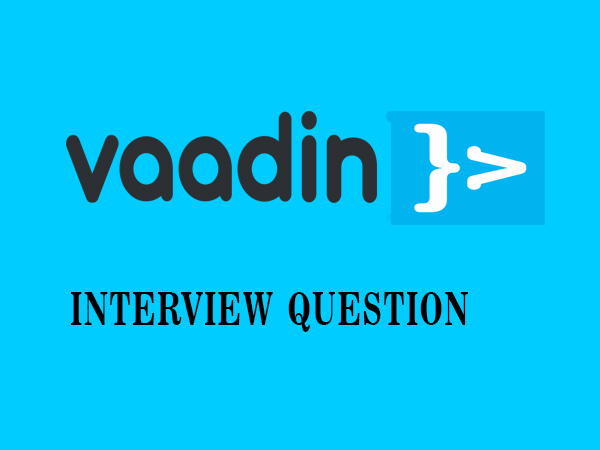What is Vaadin?
Vaadin is one of the open source platforms for web application development. The Vaadin platform typically includes a Java web framework, a set of web components, and a set of tools and application starters. The flagship product of Vaadin is Vaadin Flow, which was previously known as Vaadin Framework. It basically allows the implementation of HTML5 web user interfaces by making the use of the Java Programming Language.

